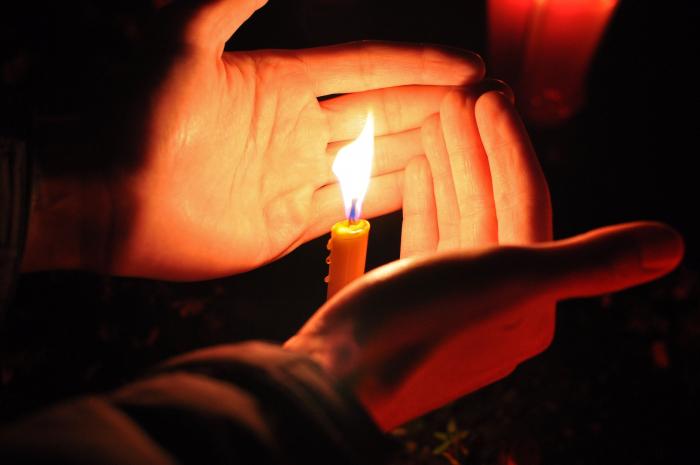
Candlemas, celebrated on February 2, is just one of many feast days on the Roman Catholic calendar, but it’s associated with a number of ancient traditions in Slovenia. On that day, people across Slovenia would traditionally take candles to their local church, where they would get them blessed. On midnight, they would light the candles to mark the holiday.
Candlemas, which occurs exactly 40 days after Christmas, also represented the official end of the long Christmas season. To this day, many Slovenian homes display the nativity scene until Candlemas, when it’s put away until the following Christmas. Most churches do the same.
Like many Christian holidays, Candlemas has pagan roots. It’s a celebration of light that occurs at a time of the year when the days become noticeably longer and the darkest and bleakest period of the winter season is finally at an end. In Christianity, the light came to symbolize the Messiah and his devotion to bringing light to the masses. According to scripture, Candlemas is when the Virgin Mary and Joseph took Jesus to a temple in Jerusalem to thank the Lord for the baby’s birth. When they met Simeon, he prophesized that baby Jesus would bring salvation to the world.
The 40-day period between Christmas and Candlemas is connected to the traditional Jewish belief that a woman can only regain her religious purity 40 days after the birth of a boy. According to Christian tradition, the Virgin Mary underwent a cleansing ritual on that day.
In Slovenia, Candlemas is associated with a number of weather-related proverbs. As is often the case, these sayings vary from region to region, but most predict longer periods of weather opposite to the conditions prevailing on Candlemas: if the day turns out to be unusually warm, a chillier-than-usual late winter awaits Slovenia; if it rains on that day, then drought may be in store for the summer months. The holiday even has some significance in viticulture: In some wine growing parts of Slovenia, grapes are traditionally picked on February 2, and the resulting wine is known as Candlemas Wine.
Older people once said that Candlemas is the day when Ljubljana’s beggars ask each other how they’ve spent the winter. The saying is yet another indication of Candlemas’s status as the day marking the gradual weakening of winter’s fiercest grip. For beggars and churchgoers alike, Candlemas means that spring is finally on the horizon.

































































